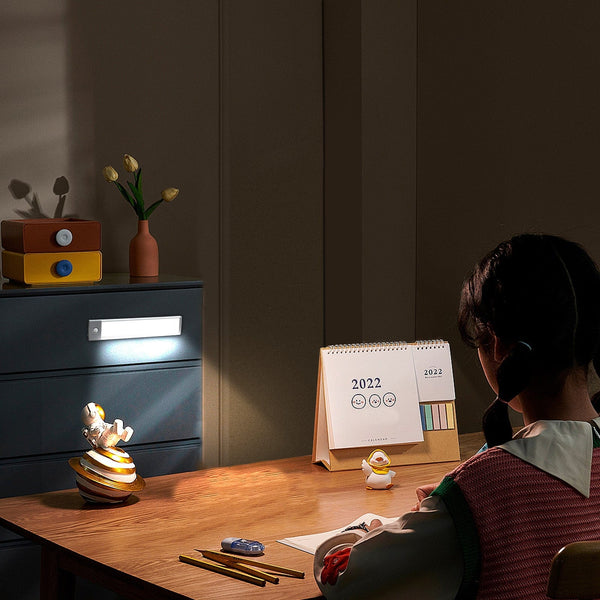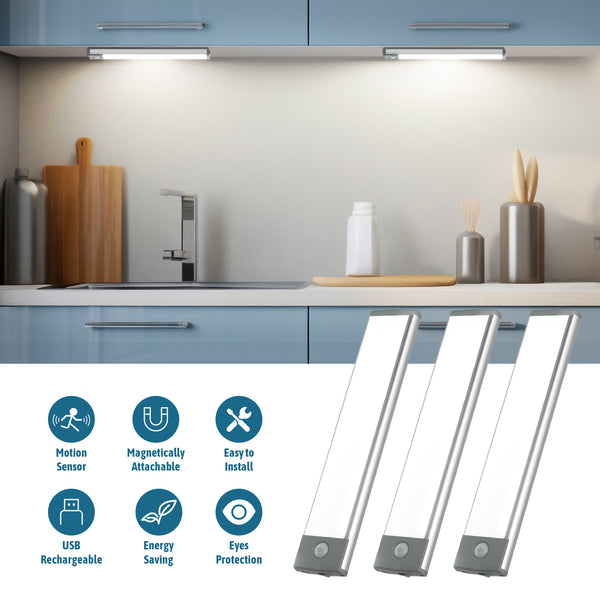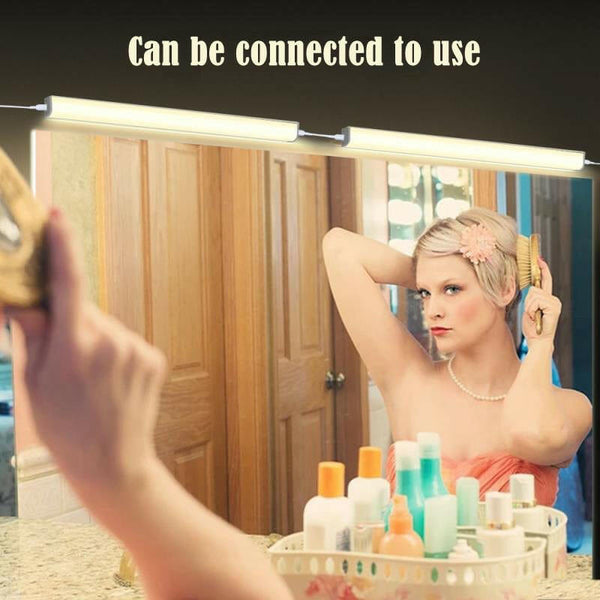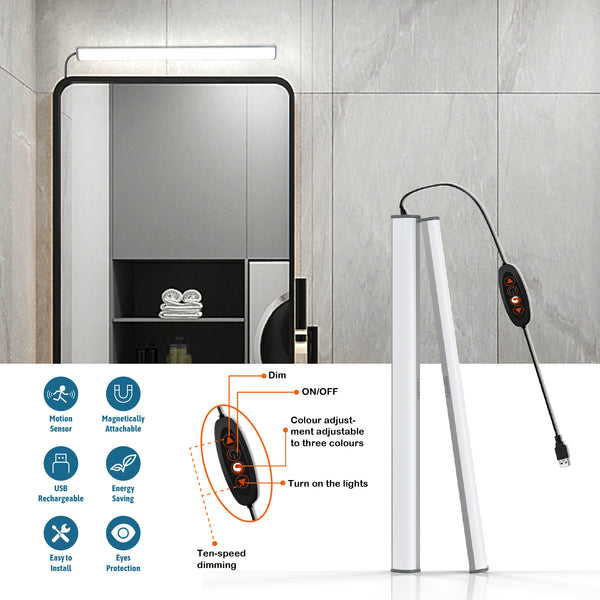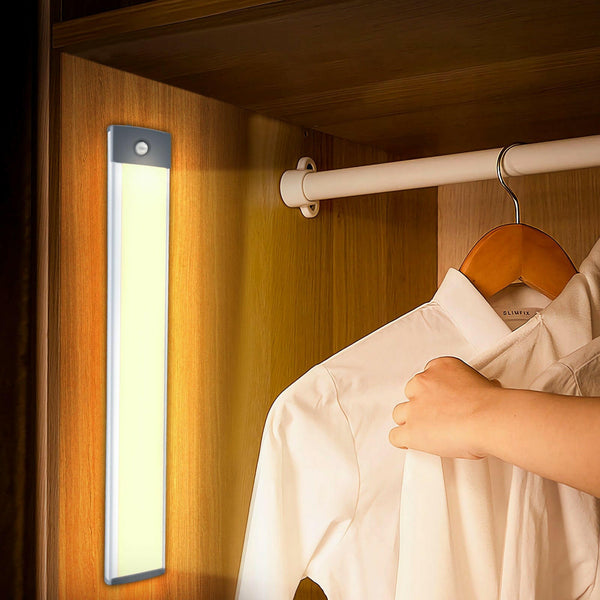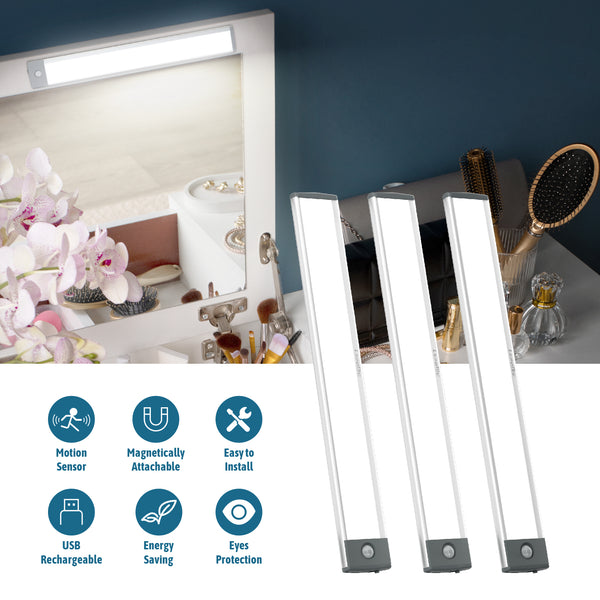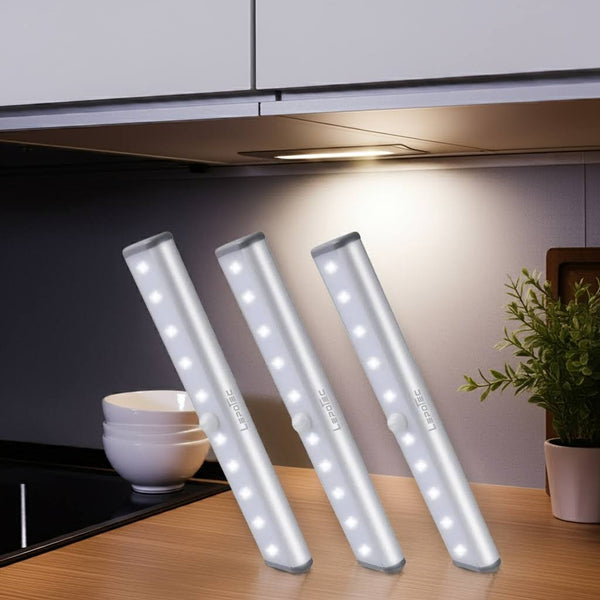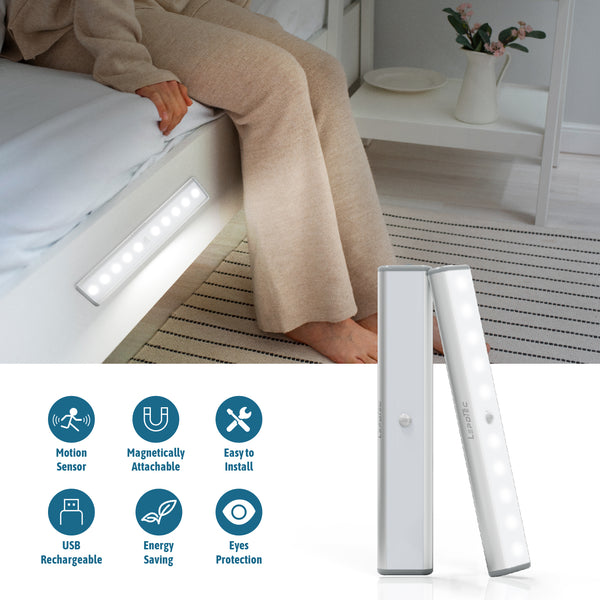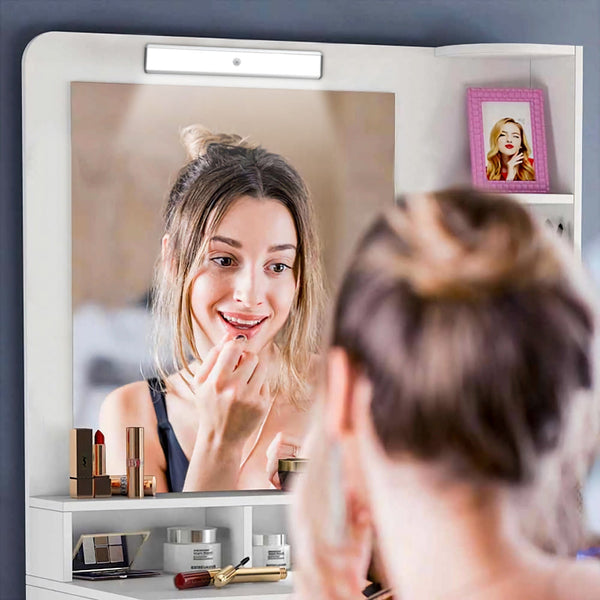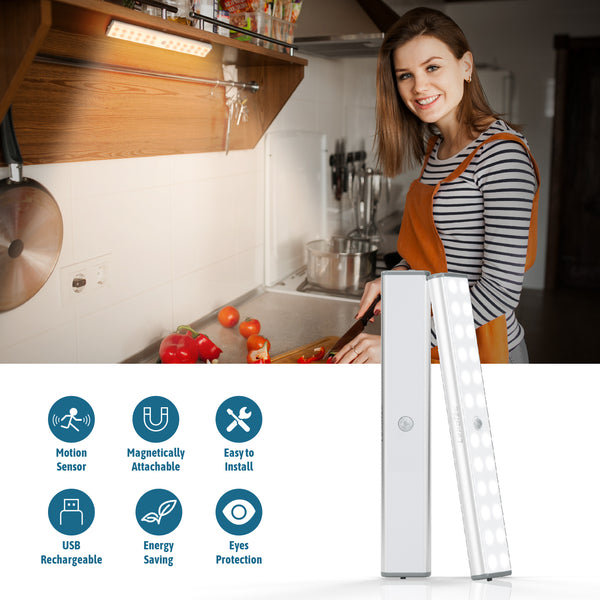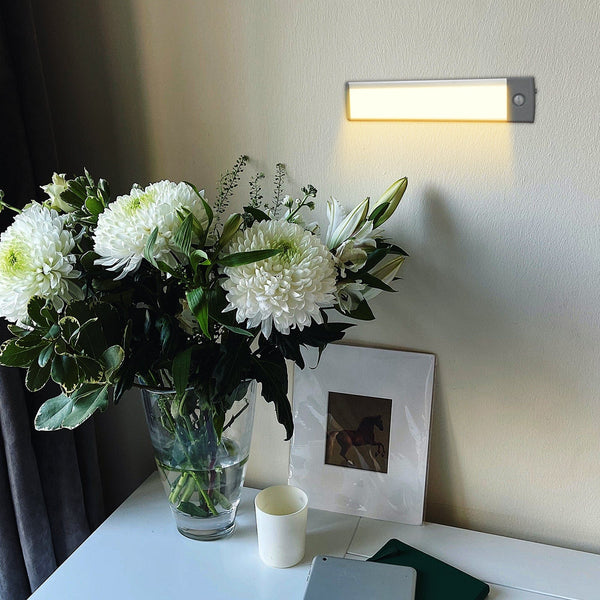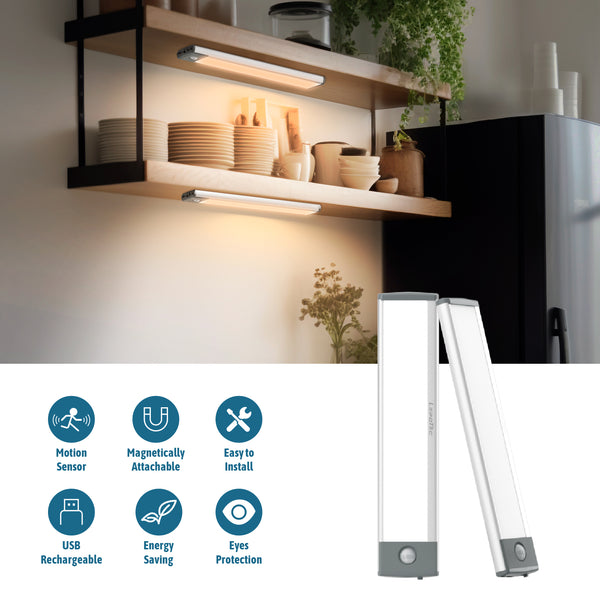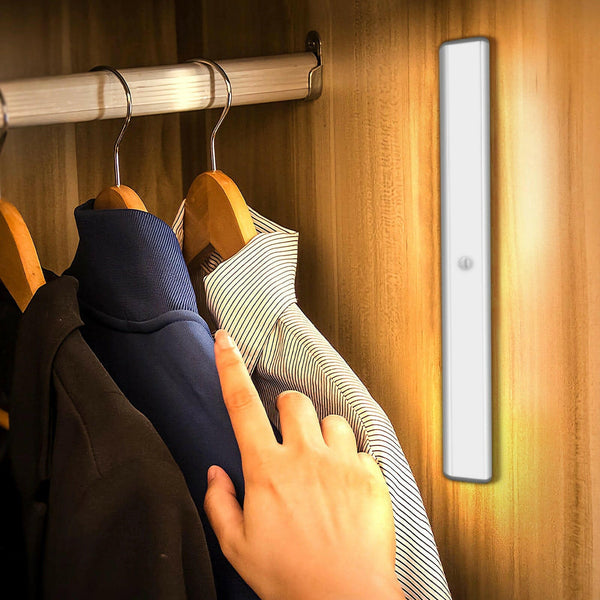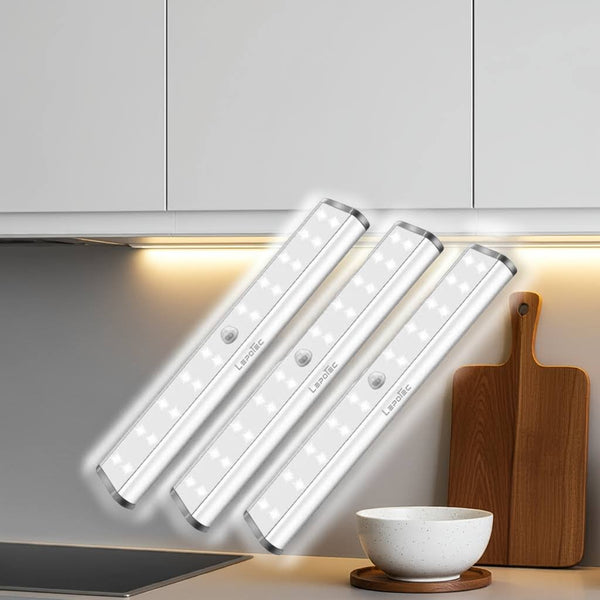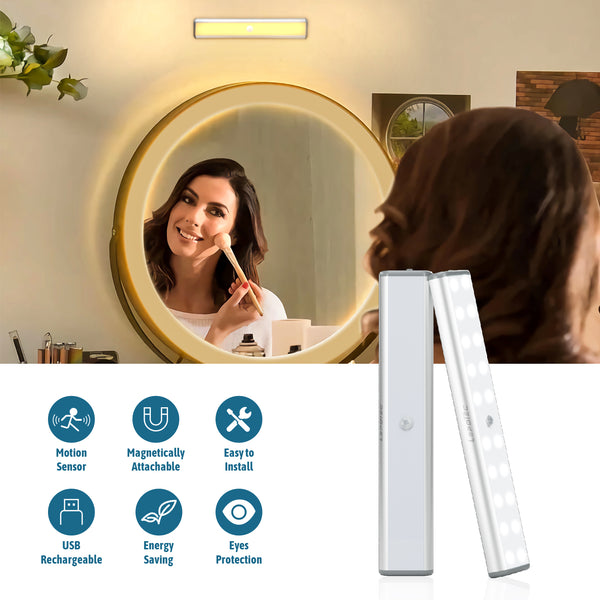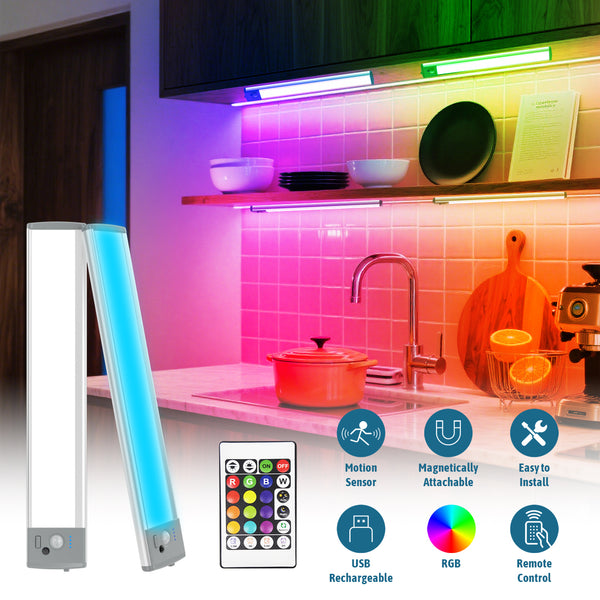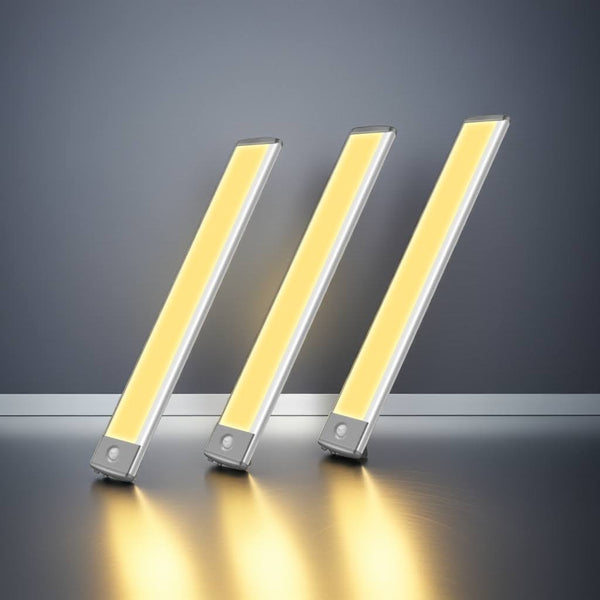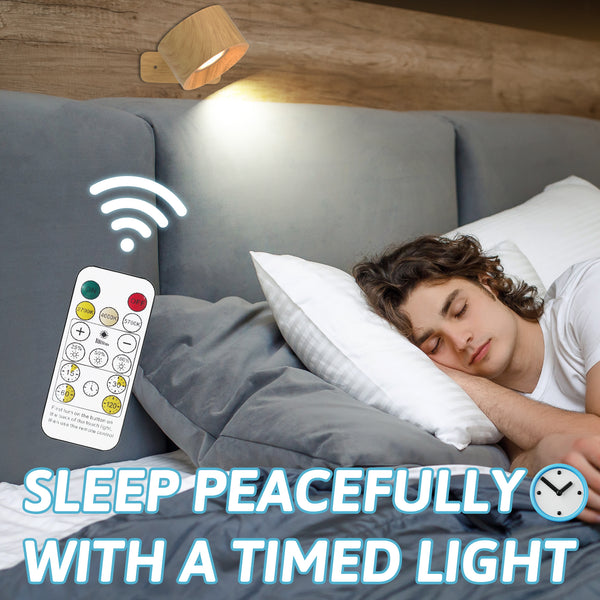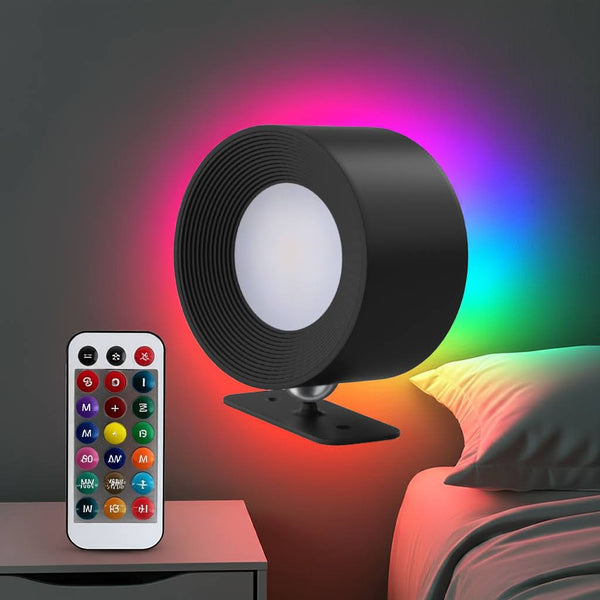The Ultimate Guide to Smart, Wireless Lighting Solutions
In today’s fast-paced world, convenience and efficiency are paramount—especially when it comes to home and outdoor lighting. Enter the battery operated motion sensor light, a game-changer for homeowners, renters, and businesses alike. This innovative solution combines LED technology, motion detection, and wireless functionality to deliver security, energy savings, and hassle-free installation. Whether you’re illuminating a dark hallway, securing a backyard, or enhancing a workspace, these lights offer unmatched versatility. Let’s dive into why these devices are revolutionizing modern lighting.
Why Choose a Battery Operated Motion Sensor Light?
Convenience and Flexibility
Unlike traditional wired systems, battery-powered motion sensor lights require no complex installation. Their wireless design lets you place them anywhere—indoors or outdoors—without worrying about proximity to power outlets. This makes them ideal for temporary setups, rental properties, or areas where drilling isn’t feasible.
Energy Efficiency
Most modern motion-activated lights use LED bulbs, which consume up to 90% less energy than incandescent options. Pair this with the sensor’s ability to activate only when movement is detected, and you’ll enjoy significant reductions in energy waste.
Enhanced Security
A sudden burst of light can deter intruders and alert homeowners to unexpected activity. Battery-operated sensor lights are perfect for driveways, garages, or entryways, providing peace of mind without the need for expensive security systems.
How Do Battery Operated Motion Sensor Lights Work?
The Role of the Motion Sensor
At the heart of these devices is a passive infrared (PIR) sensor, which detects heat signatures from moving objects. When triggered, it sends a signal to activate the LED light, which typically stays on for 20–60 seconds before automatically shutting off.
Battery Life and Management
Most models use standard alkaline or rechargeable batteries, with lifespans ranging from 6 months to 2 years depending on usage. Advanced designs feature low-energy modes or solar charging to extend battery longevity.
Adjustable Settings
Many motion sensor lights allow users to customize sensitivity, duration, and brightness. For example, you can set the sensor to ignore small animals or adjust illumination levels for different times of day.
Key Benefits of Modern Motion-Activated Lighting
1. Easy Installation
No electrician required! Simply mount the light with screws or adhesive strips, insert batteries, and you’re done.
2. Weather Resistance
Outdoor-rated battery operated LED lights withstand rain, snow, and extreme temperatures, making them suitable for year-round use.
3. Cost-Effective Safety
Reduce accidents by lighting up staircases, pathways, or closets only when needed.
4. Eco-Friendly Design
By minimizing energy consumption and using recyclable batteries, these lights support sustainable living.
Where to Install Your Wireless Motion Sensor Light
Outdoor Applications
- Driveways and Garages: Deter trespassers and illuminate parking areas.
- Garden Paths: Guide guests safely at night.
- Sheds and Storage Units: Prevent tripping hazards during late-night visits.
Indoor Applications
- Closets and Pantries: Hands-free lighting when searching for items.
- Staircases and Hallways: Prevent falls in low-light conditions.
- Home Offices: Automate lighting during late work sessions.
Tips for Maximizing Performance
Optimal Placement
Position the motion sensor at a height of 6–8 feet and angle it toward the area you want to monitor. Avoid placing lights near heat sources or vents, which can trigger false alarms.
Regular Maintenance
- Clean the sensor lens monthly to ensure accurate detection.
- Replace batteries proactively—don’t wait for the light to dim.
Combine with Smart Home Systems
Some battery-powered LED lights integrate with Alexa, Google Home, or IFTTT for voice control or automated schedules.
Choosing the Right Battery Operated Motion Sensor Light
When shopping, consider:
- Brightness: Measured in lumens; 300–800 lumens is ideal for most homes.
- Detection Range: Look for sensors with a 30–70 foot radius.
- Durability: IP65 ratings or higher ensure weather resistance.
- Battery Type: Lithium batteries perform better in cold climates.
Top brands like Mr. Beams, Revisionism, and LE offer reliable options with varying features.
The Future of Motion Sensor Technology
As LED efficiency improves and battery tech advances, expect even slimmer designs, longer lifespans, and AI-driven sensors that distinguish between humans, animals, and vehicles. Solar-powered motion lights are also gaining traction, reducing reliance on disposable batteries.
Final Thoughts
A battery operated motion sensor light is more than just a convenience it’s a smart investment in safety, energy savings, and modern living. With no wiring hassles, customizable settings, and versatile placement, these devices cater to nearly every lighting need. Whether you’re upgrading your home or securing a business, wireless motion-activated lights deliver unmatched practicality.Ready to brighten your space? Explore the latest models today and experience the future of automated lighting!




